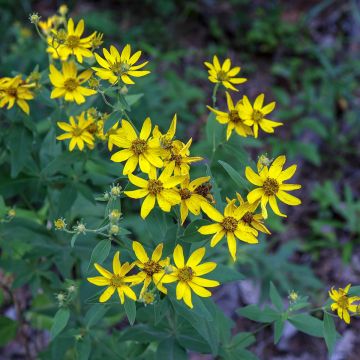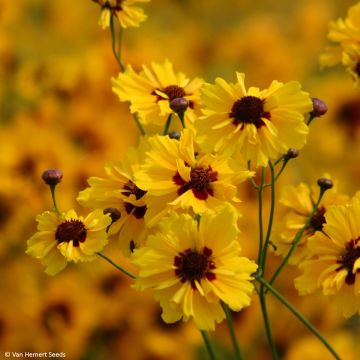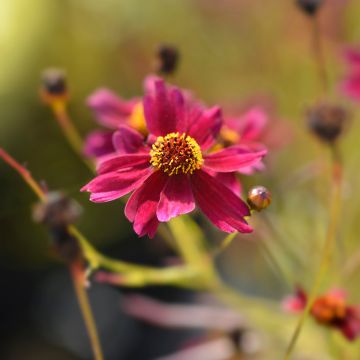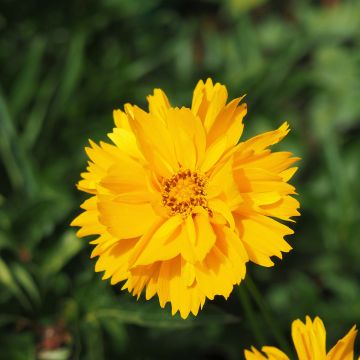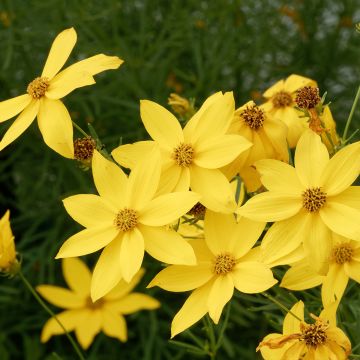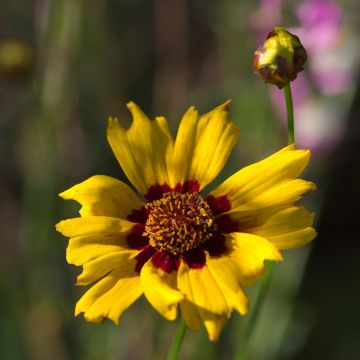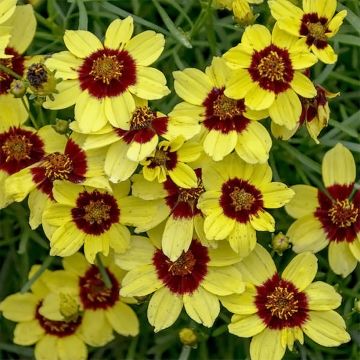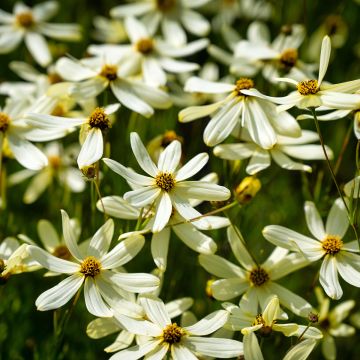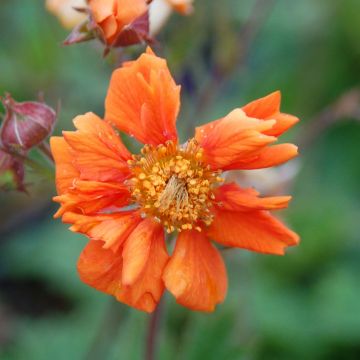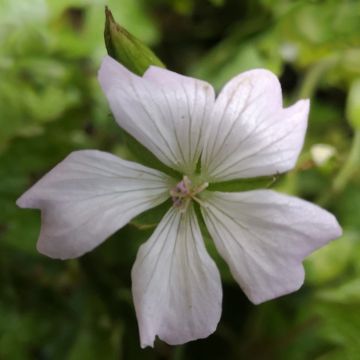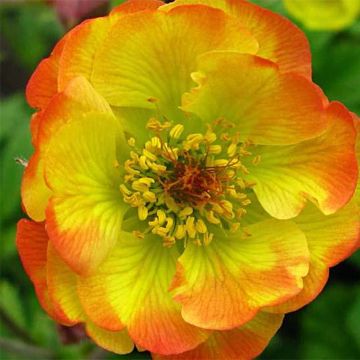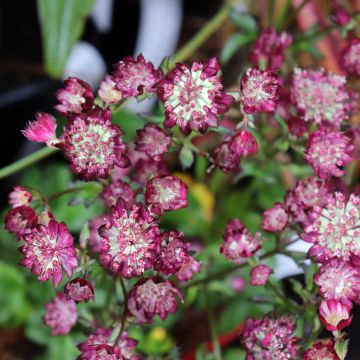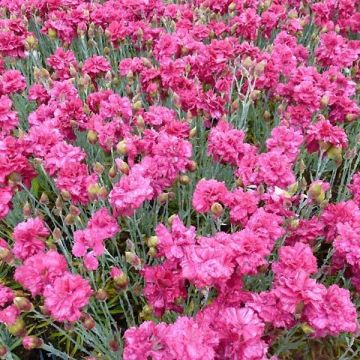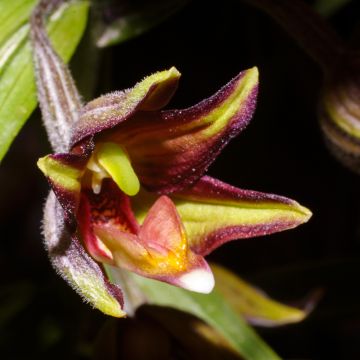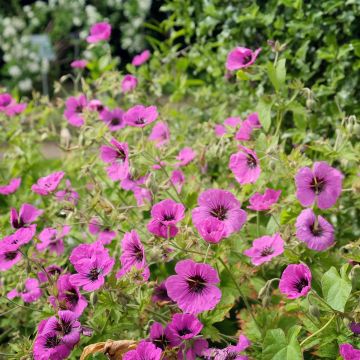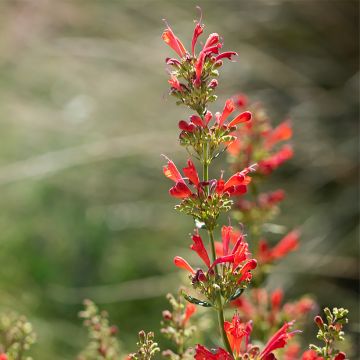Shipping country and language
Your country of residence may be:
Your country of residence is:
For a better user experience on our website, you can select:
Your shipping country:
-
Andorra
-
Austria
-
Belgium
-
Bulgaria
-
Canada
-
Chile
-
Croatia
-
Cyprus
-
Czechia
-
Denmark
-
Estonia
-
Finland
-
France
-
Germany
-
Greece
-
Hungary
-
Iceland
-
Ireland
-
Italy
-
Latvia
-
Lithuania
-
Luxembourg
-
Malta
-
Monaco
-
Netherlands
-
Poland
-
Portugal
-
Romania
-
Slovakia
-
Slovenia
-
Spain
-
Sweden
-
Switzerland
-
United Kingdom
We only deliver seed and bulb products to your country. If you add other products to your basket, they cannot be shipped.
Language:
-
French
-
German
-
Spanish
-
English
-
Italian
My Account
Hello
My wish lists
Log in / Register
Existing customer?
New customer?
Create an account to track your orders, access our customer service and, if you wish, make the most of our upcoming offers.
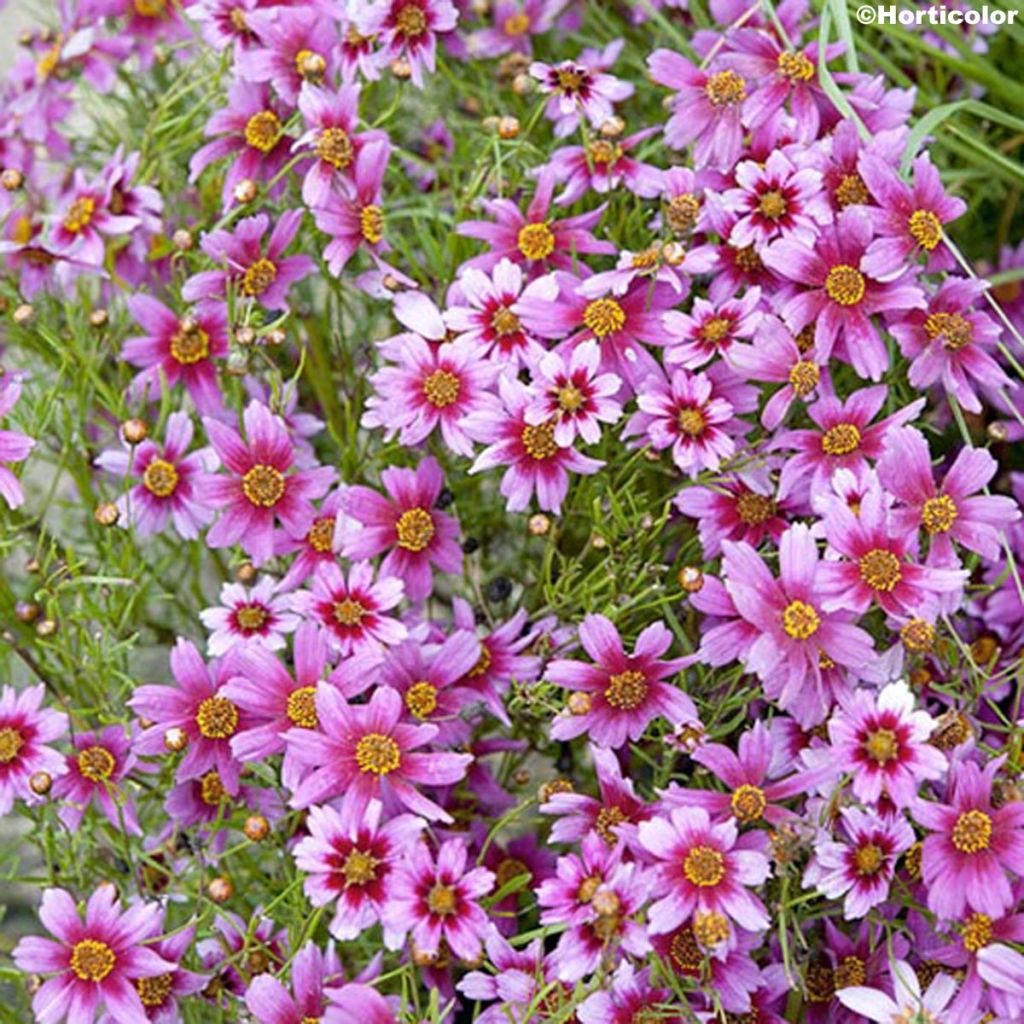

Coreopsis rosea
Coreopsis rosea Nana
Coreopsis rosea Nana
Rose Coreopsis, Pink Tickseed
Perfect, very well-developed young plant, my "bees" are going to be delighted as well as the entire biodiversity that inhabits my garden, 100% dedicated to insects and other animals and co.!
sittelle25, 25/05/2022
Order in the next for dispatch today!
Dispatch by letter from €3.90.
Delivery charge from €5.90 Oversize package delivery charge from €6.90.
More information
This item is not available in your country.
Schedule delivery date,
and select date in basket
This plant carries a 12 months recovery warranty
More information
We guarantee the quality of our plants for a full growing cycle, and will replace at our expense any plant that fails to recover under normal climatic and planting conditions.
From €5.90 for pickup delivery and €6.90 for home delivery
Express home delivery from €8.90.
Does this plant fit my garden?
Set up your Plantfit profile →
Description
The Coreopsis rosea 'Nana' is a variety of pink Coreopsis that is interesting for its compact habit and long-lasting flowering. This small perennial forms a small spreading tuft of delicate, finely cut foliage, adorned with baby pink to pale pink flowers with a buttery yellow centre for months on end. Charming in borders and rock gardens, this plant also adds beauty to floral arrangements on the patio or balcony.
The Coreopsis rosea 'Nana' belongs to the Aster family. It is a dwarf form of Coreopsis rosea, a species native to Central and North America. This 'Nana' cultivar grows to a height of 20-25 cm (8-10in) with a spread of 30-40 cm (12-16in). This rhizomatous perennial with a woody base forms a dense and bushy clump of branching stems from spring onwards. Its delicate, bright green foliage, finely cut and light, gives the plant an airy and decorative appearance. Extremely floriferous, it continuously produces beautiful 2.5 cm (1in) diameter flower heads from May to September-October. Each flower head consists of a collar of pink ligulate flowers surrounding a yellow centre. The flowering is nectar-rich and attracts bees and butterflies. Unlike the species, this Nana variety spreads little in width. The deciduous foliage dries up in late autumn.
This hardy and very easy variety thrives in sunny locations, in fertile to ordinary soil that is moist to wet, but above all well-drained. With its long and abundant pink flowering, this Coreopsis will be a beautiful addition to borders, flower beds, mixed borders, and rock gardens. It will be the perfect companion for many perennial plants, shrub roses, and medium-sized grasses. It can be associated with perennial or shrubby salvias, paniculate phlox, Gaura, Asters, and Knautias. It will also look magnificent when planted in a pot on the terrace, where the spectacle of its flowering will be unmatched! Its flowers will create delightful little country bouquets.
Report an error about the product description
Flowering
Foliage
Plant habit
Botanical data
Coreopsis
rosea
Nana
Asteraceae
Rose Coreopsis, Pink Tickseed
North America
Other Coreopsis - Tickseed
Planting and care
The 'Nana' Pink Coreopsis is a hardy plant that can tolerate a bit of limestone. It thrives in well-lit areas with well-drained soil that is not too heavy or clayey. It is essential to avoid soil that retains water, as the plant cannot tolerate stagnant water. If the soil is heavy, you can lighten it by adding sand and gravel. This Coreopsis is very easy to grow and requires little maintenance. It spreads moderately through its rootstock and can be divided every 2 to 3 years to rejuvenate the shrub.
Planting period
Intended location
Care
-
, onOrder confirmed
Reply from on Promesse de fleurs
Summer flowering perennials
Haven't found what you were looking for?
Hardiness is the lowest winter temperature a plant can endure without suffering serious damage or even dying. However, hardiness is affected by location (a sheltered area, such as a patio), protection (winter cover) and soil type (hardiness is improved by well-drained soil).

Photo Sharing Terms & Conditions
In order to encourage gardeners to interact and share their experiences, Promesse de fleurs offers various media enabling content to be uploaded onto its Site - in particular via the ‘Photo sharing’ module.
The User agrees to refrain from:
- Posting any content that is illegal, prejudicial, insulting, racist, inciteful to hatred, revisionist, contrary to public decency, that infringes on privacy or on the privacy rights of third parties, in particular the publicity rights of persons and goods, intellectual property rights, or the right to privacy.
- Submitting content on behalf of a third party;
- Impersonate the identity of a third party and/or publish any personal information about a third party;
In general, the User undertakes to refrain from any unethical behaviour.
All Content (in particular text, comments, files, images, photos, videos, creative works, etc.), which may be subject to property or intellectual property rights, image or other private rights, shall remain the property of the User, subject to the limited rights granted by the terms of the licence granted by Promesse de fleurs as stated below. Users are at liberty to publish or not to publish such Content on the Site, notably via the ‘Photo Sharing’ facility, and accept that this Content shall be made public and freely accessible, notably on the Internet.
Users further acknowledge, undertake to have ,and guarantee that they hold all necessary rights and permissions to publish such material on the Site, in particular with regard to the legislation in force pertaining to any privacy, property, intellectual property, image, or contractual rights, or rights of any other nature. By publishing such Content on the Site, Users acknowledge accepting full liability as publishers of the Content within the meaning of the law, and grant Promesse de fleurs, free of charge, an inclusive, worldwide licence for the said Content for the entire duration of its publication, including all reproduction, representation, up/downloading, displaying, performing, transmission, and storage rights.
Users also grant permission for their name to be linked to the Content and accept that this link may not always be made available.
By engaging in posting material, Users consent to their Content becoming automatically accessible on the Internet, in particular on other sites and/or blogs and/or web pages of the Promesse de fleurs site, including in particular social pages and the Promesse de fleurs catalogue.
Users may secure the removal of entrusted content free of charge by issuing a simple request via our contact form.
The flowering period indicated on our website applies to countries and regions located in USDA zone 8 (France, the United Kingdom, Ireland, the Netherlands, etc.)
It will vary according to where you live:
- In zones 9 to 10 (Italy, Spain, Greece, etc.), flowering will occur about 2 to 4 weeks earlier.
- In zones 6 to 7 (Germany, Poland, Slovenia, and lower mountainous regions), flowering will be delayed by 2 to 3 weeks.
- In zone 5 (Central Europe, Scandinavia), blooming will be delayed by 3 to 5 weeks.
In temperate climates, pruning of spring-flowering shrubs (forsythia, spireas, etc.) should be done just after flowering.
Pruning of summer-flowering shrubs (Indian Lilac, Perovskia, etc.) can be done in winter or spring.
In cold regions as well as with frost-sensitive plants, avoid pruning too early when severe frosts may still occur.
The planting period indicated on our website applies to countries and regions located in USDA zone 8 (France, United Kingdom, Ireland, Netherlands).
It will vary according to where you live:
- In Mediterranean zones (Marseille, Madrid, Milan, etc.), autumn and winter are the best planting periods.
- In continental zones (Strasbourg, Munich, Vienna, etc.), delay planting by 2 to 3 weeks in spring and bring it forward by 2 to 4 weeks in autumn.
- In mountainous regions (the Alps, Pyrenees, Carpathians, etc.), it is best to plant in late spring (May-June) or late summer (August-September).
The harvesting period indicated on our website applies to countries and regions in USDA zone 8 (France, England, Ireland, the Netherlands).
In colder areas (Scandinavia, Poland, Austria...) fruit and vegetable harvests are likely to be delayed by 3-4 weeks.
In warmer areas (Italy, Spain, Greece, etc.), harvesting will probably take place earlier, depending on weather conditions.
The sowing periods indicated on our website apply to countries and regions within USDA Zone 8 (France, UK, Ireland, Netherlands).
In colder areas (Scandinavia, Poland, Austria...), delay any outdoor sowing by 3-4 weeks, or sow under glass.
In warmer climes (Italy, Spain, Greece, etc.), bring outdoor sowing forward by a few weeks.
